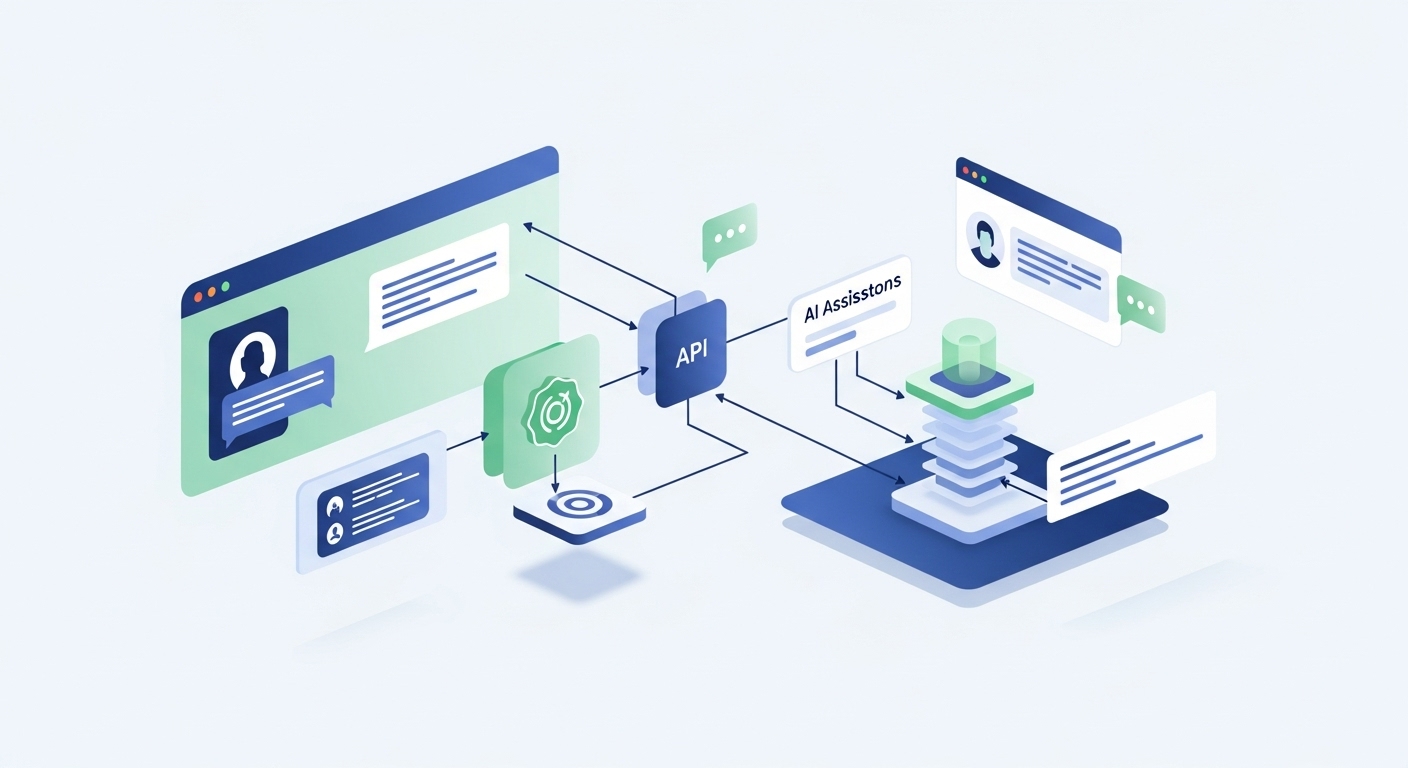What does a QA Analyst do?
A QA Analyst, or Quality Assurance Analyst, is the professional responsible for ensuring the quality of digital products before they go live. Their main goal is to prevent defects, verify functionality, and confirm that the software meets the business requirements.

But this role goes beyond bug detection. QA Analysts are involved across the entire process: they review requirements, design and execute tests, automate workflows, and collaborate closely with multiple teams to deliver stable, secure, and efficient solutions.
Core responsibility: safeguarding product quality
QA Analysts play a proactive role in identifying and preventing issues early in the development cycle. They assess whether the product is reliable, performs well, and delivers the expected experience for the end user.
They are essential contributors within agile methodologies, where frequent releases demand early and ongoing quality control.
Requirements analysis and functional coverage
One of the first steps in a QA Analyst’s workflow is reviewing software requirements. They look for ambiguities, inconsistencies, or critical issues that could lead to defects later.
By catching these early, they can design a more comprehensive test strategy. This phase involves close collaboration with product managers and development teams to align on what success looks like.
Test case design and execution
QA Analysts create test cases that simulate a variety of user scenarios, ranging from basic flows to complex edge cases. These test cases validate whether each feature behaves as expected.
Tests can be performed manually or via automation, depending on the type of system and available resources. Automation is especially valuable for catching regressions and speeding up testing cycles.
Common types of tests
Some of the most frequent test types include:
- Functional tests: Ensure each component works as intended.
- Performance tests: Measure how the system handles load and stress.
- Security tests: Identify vulnerabilities and potential exploits.
- Usability tests: Evaluate how intuitive and user-friendly the interface is.
Each type targets a different critical dimension of product quality.
Automation: improving efficiency and scalability
A key part of a QA Analyst’s role is test automation. They often use tools like Selenium, Appium, or TestComplete and write scripts in languages such as Python, Java, or JavaScript.
Automated tests can run repeatedly and reliably, reducing manual workload while improving test coverage and speed. This allows the team to focus on complex or high-risk scenarios.
Defect management: accurate and actionable reporting
When a defect is discovered, QA Analysts document it thoroughly. They include steps to reproduce the issue, the technical environment, and the functional impact.
They also follow up on the bug until it’s resolved—making sure the fix didn’t introduce new issues. Effective defect management shortens response times and contributes directly to higher product quality.
Team collaboration is key
QA Analysts don’t work in silos. They take part in sprint planning, retrospectives, and backlog refinement. Their involvement ensures that quality is considered from the start, not just at the end.
Collaborating with developers, designers, and product leaders helps align expectations, reduce delivery time, and avoid costly rework.
Why bring in a QA Analyst from the start?
Having a QA Analyst involved from the early stages of a project delivers tangible value:
- Early error prevention: Reduces production issues and rework.
- Higher customer satisfaction: The product delivers what it promises.
- Greater agility and efficiency: Test automation and early detection improve delivery cycles.
- Quality-driven culture: Encourages a preventive and collaborative mindset across teams.
QA Analyst profile: skills and knowledge
Succeeding as a QA Analyst requires a mix of technical expertise and soft skills.
On the technical side, key knowledge areas include:
- Manual and automated testing
- Tools like Selenium, Appium, and Jira
- Automation languages: Python, Java, JavaScript
- Agile methodologies (Scrum, Kanban)
- Test case management and staging environments
In terms of soft skills, standout traits are:
- Critical and analytical thinking
- Strong attention to detail
- Clear communication for reporting and teamwork
- Empathy for delivering constructive feedback
Additionally, an intermediate level of technical English is increasingly important in global or remote environments.
Education and specialization
There isn’t a single path to becoming a QA Analyst. Many come from backgrounds in computer engineering, programming, or telecommunications.
Specialized programs in Quality Assurance are available in technical and university settings, often covering logic, test design, and automation tools. These programs typically offer strong job placement and flexible online formats.
New trends in quality assurance
The QA role is constantly evolving. Key trends shaping the future of QA include:
- AI-powered testing: Smart automation of test cases
- Cloud-based testing: More flexibility and scalability
- Continuous integration with DevOps: Embedding quality from the first line of code
- Greater emphasis on cybersecurity: Testing focused on data and system protection
These changes call for ongoing learning and closer integration of QA into the full development lifecycle.
A strategic partner in digital quality
At 2Brains, we believe quality isn't just a phase—it's a core value throughout the development journey. That’s why our QA Analysts combine automation, technical depth, and a business-oriented mindset.
If your company wants to minimize risks, streamline delivery, and build high-quality digital products, we’re here to help. Let’s connect and explore how 2Brains can become your strategic partner in quality assurance.


